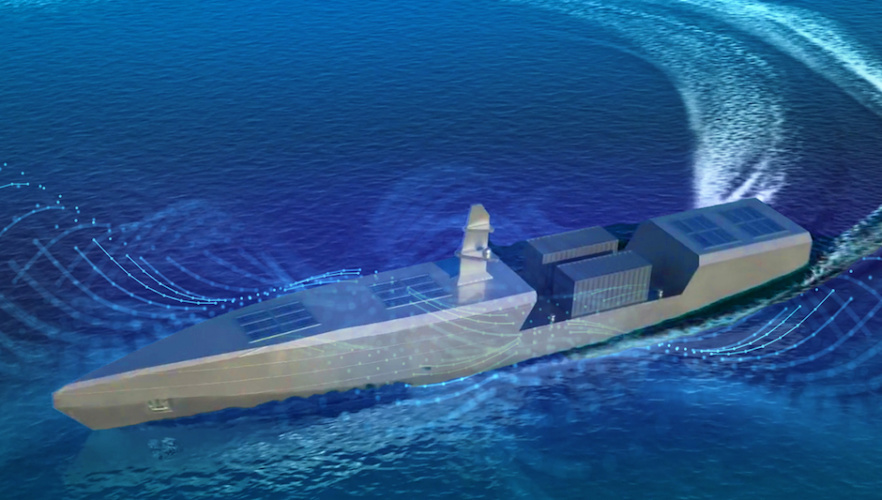
Artificial Chief Engineer is an autonomous onboard machinery control system that aims to enable naval vessels to undertake higher-risk, long endurance missions with less human interaction. Rolls-Royce describes the technology as a ‘critical enabler for autonomous missions by acting as the equivalent of the engineering department responsible for the health and operation of an unmanned vessel’s machinery’.
The technology makes condition-based decisions about how best to operate the machinery, including the engines, propulsion system, electrical network and fuel system using algorithms to optimise vessels for maximum efficiency, lowest noise, top speed or to preserve damaged equipment.
Navies intend to increase the use of optionally-manned and unmanned vessels to project power further for less cost by reducing reliance on manpower, and by lowering procurement and operating costs of future platforms.
Rolls-Royce awarded $1m for FanSense research
Funding was awarded under the MOD’s Defence and Security Accelerator Intelligent Ship Phase Two programme. The 16-month programme aims to investigate how effective human-AI collaboration can be best exploited to improve decision-making and planning within complex operating environments.
“This is incredibly good news for our Artificial Chief Engineer capability, which we launched at DSEI in 2019,” said Ben Thorp, programme executive for Naval Electrical, Automation and Controls at Rolls-Royce Defence. “Our involvement in this funding programme certainly strengthens our position with the UK MOD for Unmanned Surface Vessel enablers.
“This funding will also increase the technical maturity of Artificial Chief Engineer for further applications across the breadth of the marine market, both Naval and Commercial where we are seeing increasing levels of demand for this type of technology.”




Red Bull makes hydrogen fuel cell play with AVL
Formula 1 is an anachronistic anomaly where its only cutting edge is in engine development. The rules prohibit any real innovation and there would be...